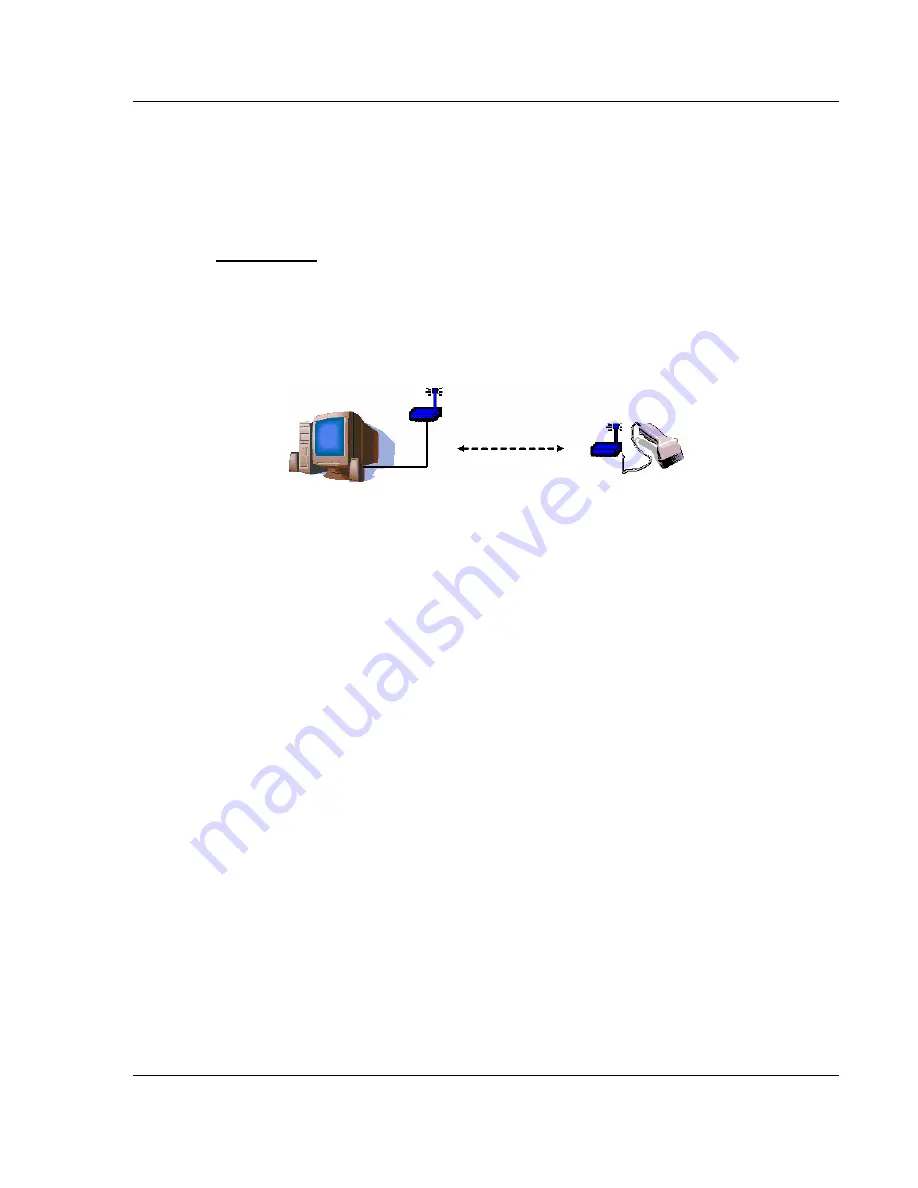
Product Overview
RLX-FHE, RLX-FHES, RLX-FHS
♦
RadioLinx FH
Frequency-Hopping Industrial Radio
ProSoft Technology, Inc.
Page 11 of 151
November 25, 2008
1 Product
Overview
In This Chapter
Function and Use .............................................................. 11
1.1
Summary of Function and Use
RadioLinx radio modems provide a wireless replacement for serial or Ethernet
cables (page 17). Any two devices that could otherwise function together with a
physical serial/ethernet cable between them can be incorporated into a wireless
network. A wireless radio link can be used in any situation where a Master device
and its Remote device are located in such a way that a serial/ethernet cable
connection between them is impractical or impossible.
The RadioLinx radio modems transmit using the "frequency hopping spread
spectrum" communication technique:
Frequency hopping
: A radio which continuously changes its operating
frequency several times per second following a pre-determined sequence of
frequencies is defined as "frequency hopping". The transmitting and receiving
radios are programmed to follow the same frequency hopping sequence.
Spread spectrum
: Spread spectrum refers to spreading a narrow-band
signal over a much broader frequency band than required.
The RadioLinx ControlScape FH design takes advantage of the following
characteristics inherent to the spread spectrum technique:
Increased immunity to interference.
Radios are designed to detect specific
radio frequencies. An "interferer" is defined as an unwanted signal that has
been transmitted at the same frequency that the radio was designed to
detect. There are many man-made and natural sources of electromagnetic
interference. Due to the frequency hopping spread spectrum technique, the
RadioLinx radio modem operates more reliably than a radio using
conventional technology.
Multiple users
can share the same frequency band at the same time. For
example, cellphone use depends on spread spectrum signal transmission.
Summary of Contents for RadioLinx FH Series
Page 6: ......


























